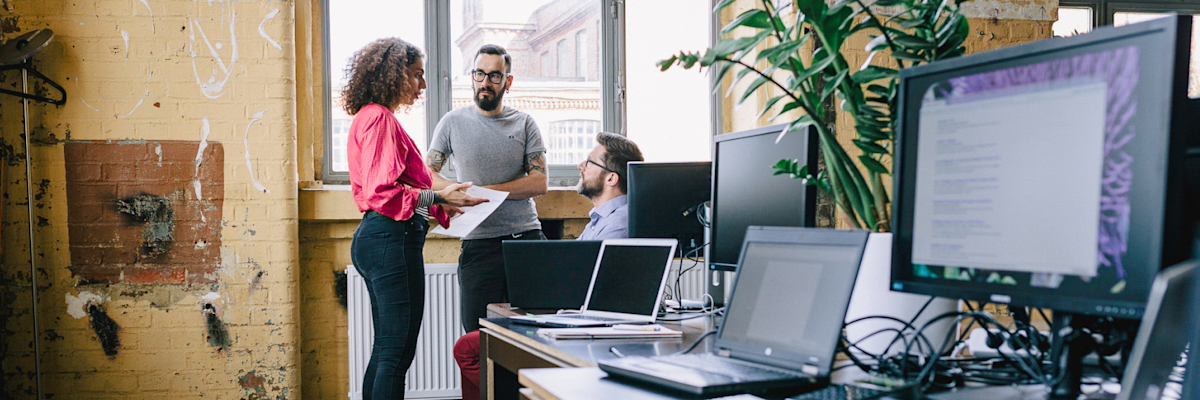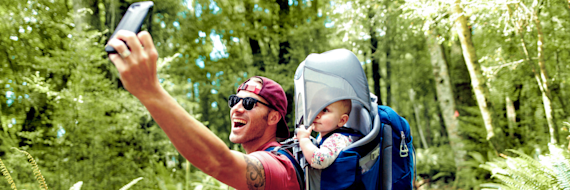Circular economy brands—we keep seeing them pop up across all kinds of markets. But what is it that makes a company circular? What are the different ways to contribute to the circular economy? To these questions we’ll give you an answer, with the help of some exemplary circular initiatives.
Upcycling: Turning waste into resources
Upcycling plays an important role in a circular economy. Companies do this by turning an existing waste stream into a usable resource. Fruitleather Rotterdam does so by using rejected mangoes to create vegan leather that can be used to manufacture shoes or purses. It’s a win-win—less animal cruelty and less food waste.
If there is one thing we have enough of in the Netherlands it’s dredged sediments (and rain of course). Waterweg is a sustainable company that looks at those dredged remains and thinks: “When life gives you lemons …”. By upcycling dredged sediments and debris from Dutch rivers and canals into water-passing tiles, they have created a useful destination for an otherwise useless waste stream. Rain gets a better destination as well. The water-passing tiles allow excess rain to seep into the ground, preventing floods in cities.
Extending the product life cycle
As a consumer you can decide to buy second-hand, to ensure that fewer new products are needed. Businesses with a circular business model can take on this responsibility as well. By renting out a product instead of selling it, more people can use the same product. These companies focus on extending the products’ lifespan to fully utilize their products. This prevents unnecessary production, repair and replacement—which is beneficial for everyone.
Circular bike tyres
You might have heard the story of the bike mechanic throwing nails on the street at night, in hope to increase their profits. For Swapfiets, the exact opposite of this principle is true. Just like cyclists, they benefit from long-lasting bike tyres. Enough reason for them to invest in full circle bike tyres . Bikes that are in it for the long run are beneficial for everyone.
Light as a service
Another great example of companies that embrace the circular economy: not Schiphol Airport but Philips owns the lighting at the airport. Schiphol Airport pays for the usage of light, while Philips is responsible for the maintenance and the material. The result? A significant reduction in energy usage and a longer lifespan of lighting material.
Renting a designer outfit
Your formal attire spends most of its time hanging in your wardrobe waiting for that special occasion. If you decide to rent your designer outfit, you will end up paying less and the outfit can be used by more people. That’s how My dressoir makes sure that fashion is fully utilized. Since they themselves professionally dry-clean each piece after usage, they ensure their fashion is long-lasting.

Renting tech
A device you rent from Grover is circulated 2-6 times on average. When something breaks, all usable parts will be re-used and refurbished into a device that is as good as new. This is done by following the same procedures and using the same materials as the original manufacturer does. The chance of something breaking down is reduced, for example by providing some types of smartphones with cases and screen protectors. Since this has proven to be successful, it was decided to do this more often in the future. That’s how Grover extends the lifespan of their devices.

